
Video
The "Palmetto Special" leaves Columbia and travels to Spartanburg County. At the beginning of the program the Fall Line is defined, along with an introduction to the backcountry, the frontier of South...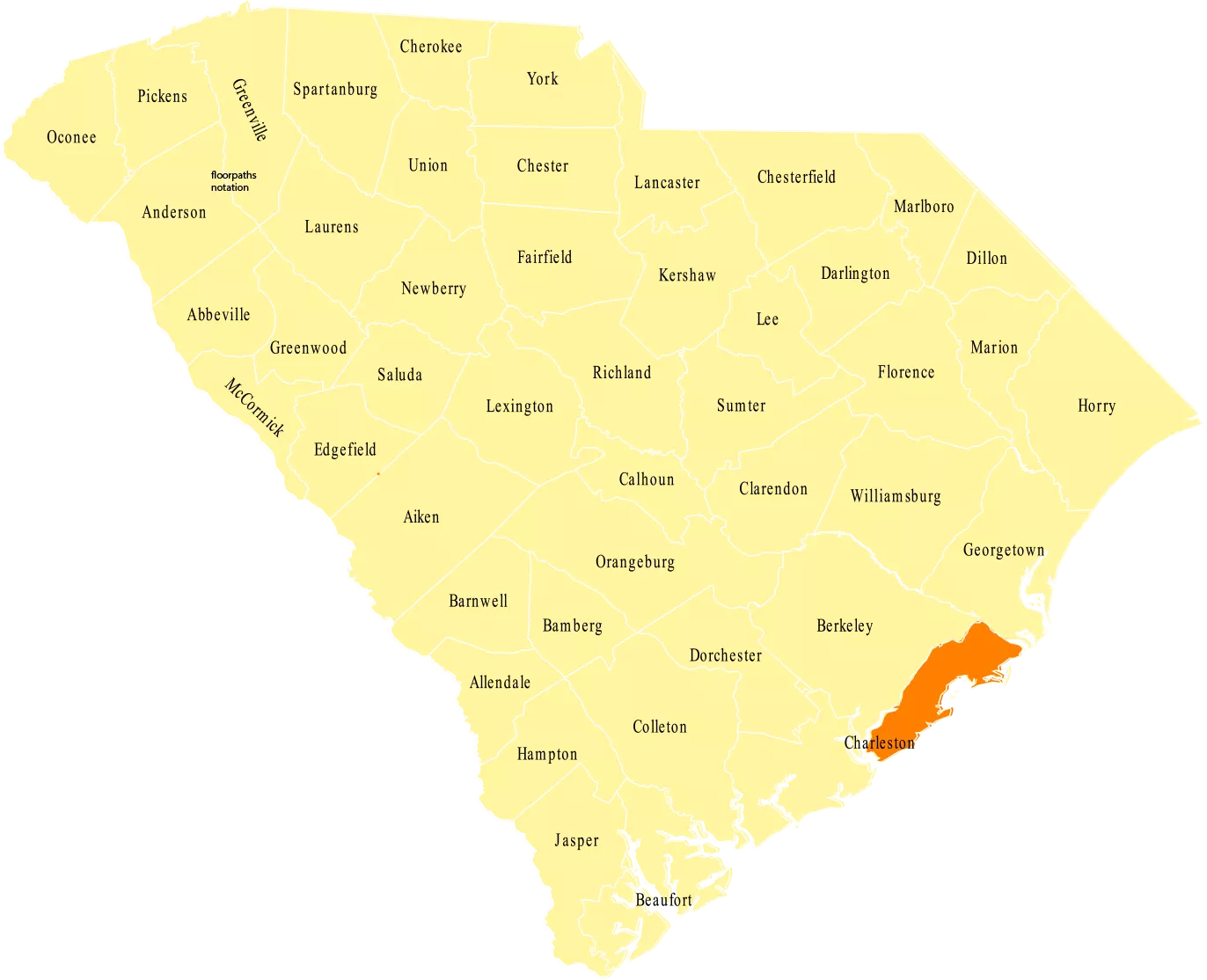
“Charleston County and the city of Charleston, its county seat, are the most historic locations in the state.” Situated in the Lowcountry, the county serves as a popular vacation destination but also relies on the business that results from its port. The area in general serves as a large cultural and economic hub for the state.
Charleston County was founded as Charleston District in 1769, and the district became smaller after some of its lands were used to create Colleton and Berkeley counties. The county and its seat were named after King Charles II.
The city and county are saturated with Revolutionary War and Civil War history. Three signers of the United States Constitution and two famous abolitionists resided in Charleston County, and the Civil War began when soldiers fired shots from the county’s Fort Sumter.

Video
The "Palmetto Special" leaves Columbia and travels to Spartanburg County. At the beginning of the program the Fall Line is defined, along with an introduction to the backcountry, the frontier of South...
Video
The video location is at the Naval Polaris Missile Base in North Charleston. This is the largest submarine base on the east coast today. Learn about the sinking of the U.S.S. Housatonic by the Hunley...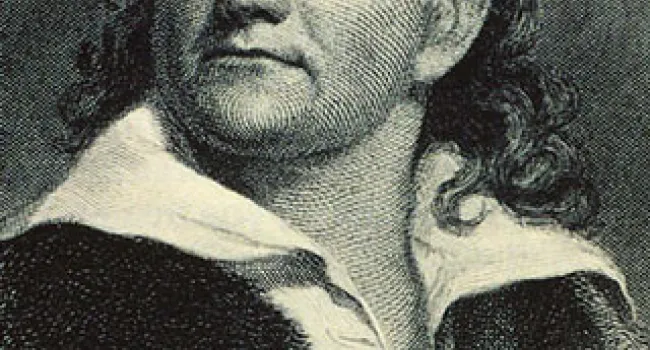
Photo
John James Audubon (1785-1851), an American ornithologist, spent nearly four decades sketching, publishing, and promoting a monumental catalogue of the birds of America; his "The Birds of America,"...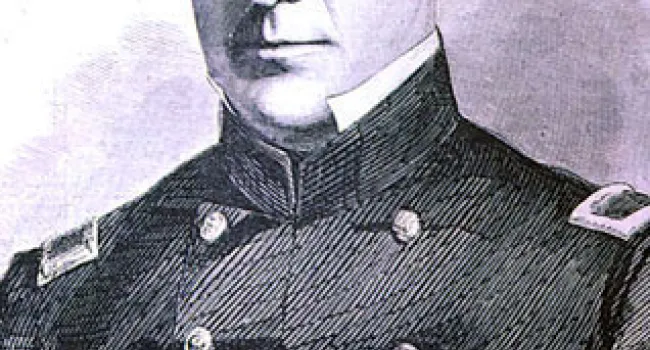
Photo
Born near Louisville, Kentucky, Robert Anderson (1805-1871) graduated from West Point in 1825 and received an U.S. Army commission. When the secession of South Carolina became imminent, he was sent to...
Photo
Born in Charleston in 1806, William Aiken (1806-1887) attended Hurlburt School and the South Carolina College. After receiving an inheritance from his father, he became a successful rice planter on...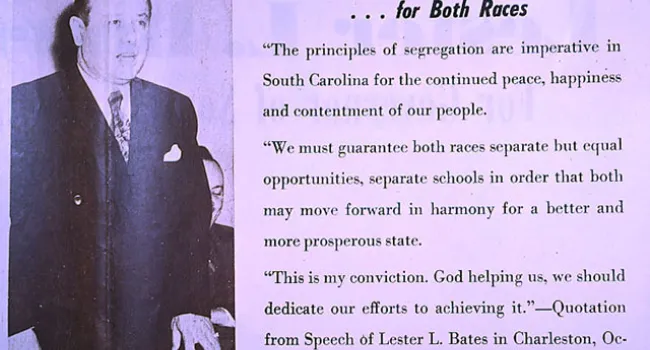
Photo
The growing pressures brought to bear against legal segregation by the federal court system, that culminated in the 1954 Supreme Court decision in "Brown v. The Board of Education" of Topeka, Kansas...
Photo
The WPA undertook large, as well as small, construction projects, and the character of some of their projects began to change in 1939 and 1940, as the nation turned its attention to the war that had...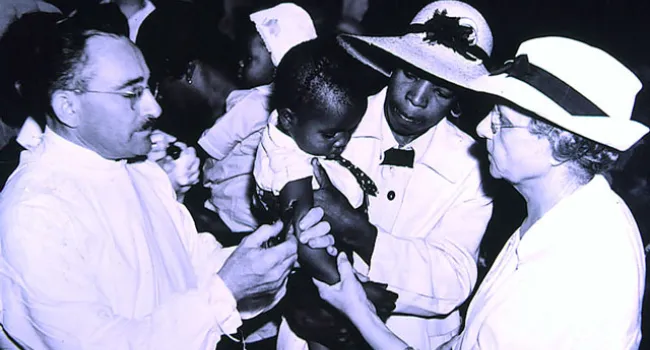
Photo
A WPA nurse's aid and a county health doctor give an inoculation against typhoid to a small African-American patient in Charleston. Photo by Wilson, WPA. Courtesy of the South Caroliniana Library.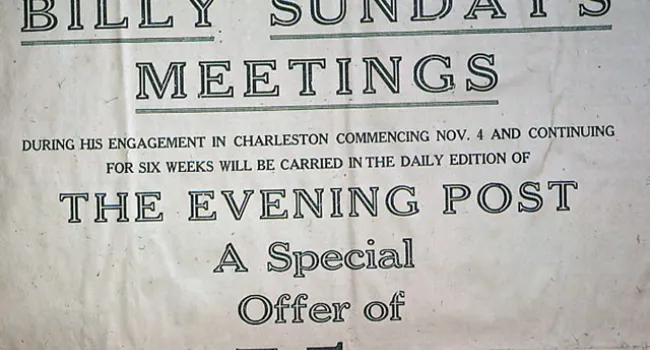
Photo
Billy Sunday meeting in Charleston, October 25, 1923, "Charleston Evening Post." Many people think of the 1920s as a period devoted to pleasure, in which jazz, the dance named The Charleston...
Photo
A special issue of the "Charleston Evening Post," June 28, 1926, welcoming the labor unions to a convention and proclaiming South Carolina supportive of labor. This newspaper is unusual, both for the...